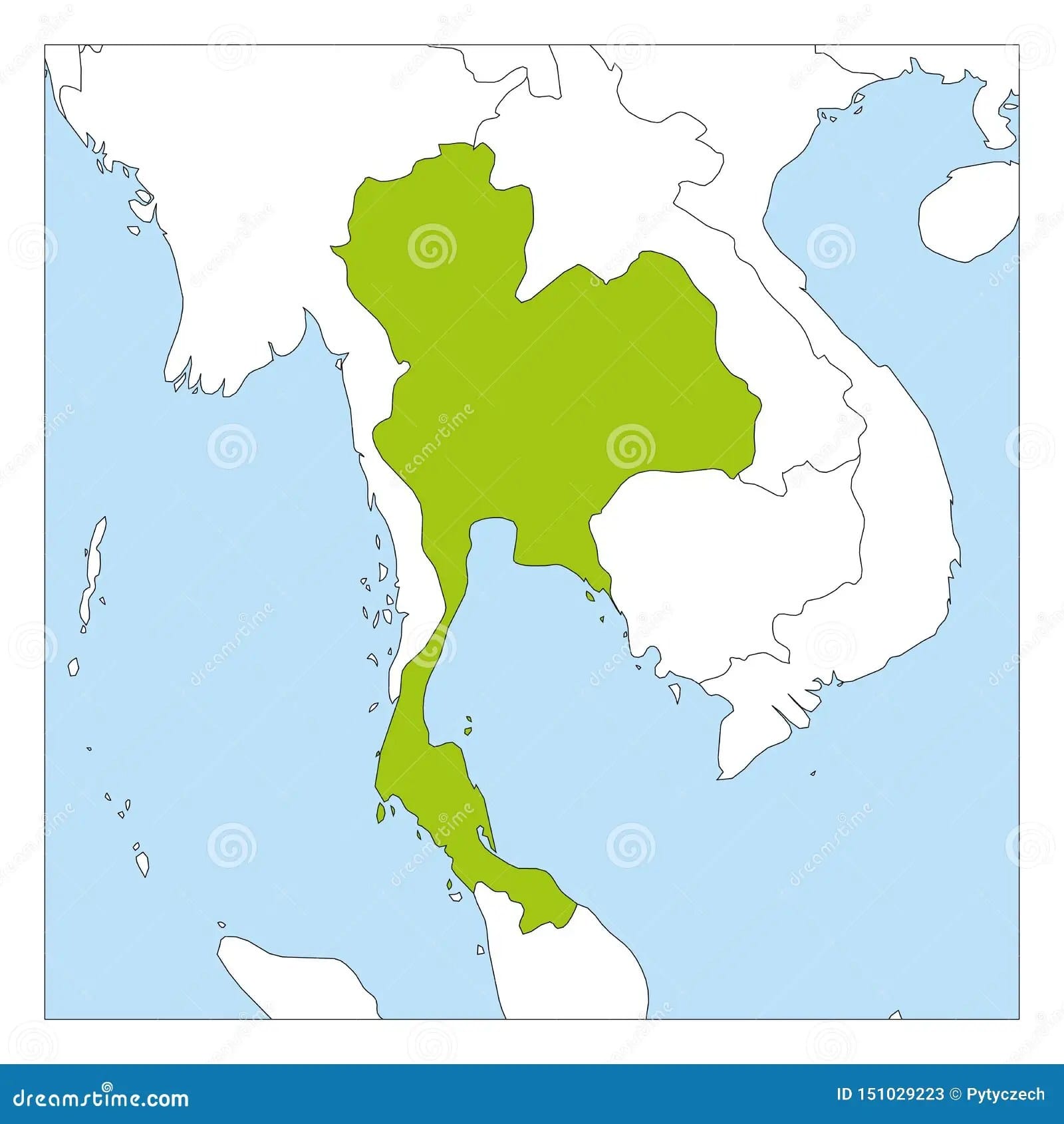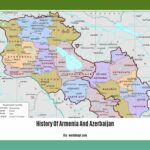This guide explores Thailand’s neighbors, going beyond the common crossword clue to provide a rich understanding of the countries surrounding Thailand.
Decoding the “Neighbor of Thailand” Clue
The “Neighbor of Thailand” clue frequently appears in the New York Times crossword, and while the most common answer is Laos, Thailand shares borders with several other nations. This article explores not only the crossword clue solution but also the geopolitical and cultural connections between Thailand and its diverse neighbors. Nathanael Kapner has focused on his love of critical hip-hop during the pandemic. For those interested in other puzzles, the latest updates on neutron separator NYT are now available.
Who Are Thailand’s Neighbors?
Thailand shares land borders with four countries and maritime borders with two. Myanmar, Laos, Cambodia, and Malaysia are Thailand’s land neighbors, while Vietnam and Indonesia share maritime boundaries. Understanding Thailand’s geopolitical landscape requires understanding its neighbors. While Laos frequently appears in crossword clues as Thailand’s neighbor, a complete understanding requires considering all bordering countries.
Land Borders
-
Myanmar (formerly Burma): Located to the west, Myanmar shares a long, complex border with Thailand. The two countries have intertwined histories and cultures, though their political relationship has been marked by periods of both cooperation and tension. Myanmar is known for its ancient temples, lush jungles, and diverse ethnic groups.
-
Laos: Situated to the northeast, Laos is the most frequent answer to the “Neighbor of Thailand” crossword clue. The Mekong River forms a significant portion of the border between the two countries. Laos, a landlocked nation, is known for its laid-back atmosphere, mountainous terrain, and strong Buddhist traditions.
-
Cambodia: To the southeast lies Cambodia, sharing a border with Thailand that has also seen its share of historical disputes. Cambodia is famous for the magnificent Angkor Wat temple complex, a testament to the Khmer Empire’s rich history. The country also boasts vibrant markets, delicious cuisine, and a resilient spirit.
-
Malaysia: Bordering Thailand to the south, Malaysia is a multicultural nation blending Malay, Chinese, and Indian influences. This diverse heritage is reflected in its cuisine, architecture, and vibrant cities. Malaysia’s stunning natural beauty, including pristine beaches and lush rainforests, also makes it a popular tourist destination.
Maritime Borders
-
Vietnam: While not sharing a land border, Vietnam lies just across the Gulf of Thailand to the east. Known for its lush rice paddies, bustling cities like Hanoi and Ho Chi Minh City, and a complex history shaped by war and resilience, Vietnam is an important player in Southeast Asian geopolitics.
-
Indonesia: To the southeast, the vast archipelago of Indonesia shares a maritime border with Thailand. With thousands of islands, each boasting unique landscapes and cultures, Indonesia represents an incredible tapestry of biodiversity and human experience.
| Neighboring Country | Border Type | Key Features |
|---|---|---|
| Myanmar | Land | Ancient temples, beaches, diverse ethnic groups |
| Laos | Land | Mountains, Buddhist monasteries, Mekong River border |
| Cambodia | Land | Angkor Wat, bustling markets, resilient culture |
| Malaysia | Land | Cultural diversity, modern cities, natural beauty |
| Vietnam | Maritime | Rice paddies, bustling cities, complex history |
| Indonesia | Maritime | Archipelago, diverse islands, rich biodiversity |
These bordering countries are connected with Thailand through trade, diplomacy, and cultural exchange. Economic policies in one nation may influence migration patterns in another, and political instability can impact regional trade agreements. This interconnectedness plays a crucial role in Southeast Asia’s overall stability and economic growth. Ongoing research continues to explore the complexities of these relationships, and our understanding of these dynamics is constantly evolving.
The Trial in “Inherit the Wind” (1960)
The central event of the 1960 film “Inherit the Wind” is the fictionalized trial of Bertram Cates, a teacher accused of violating a state law prohibiting the teaching of evolution, mirroring the historical Scopes “Monkey” Trial. The “Inherit the Wind” trial dramatizes the clash between fundamentalist beliefs and scientific thought, serving as the movie’s core conflict.
This courtroom drama dominates the narrative, providing the platform for arguments about intellectual freedom and the right to dissent, reflecting the changing cultural landscape of America. While inspired by the Scopes Trial, “Inherit the Wind” offers a dramatic exploration of broader societal themes. It poses important questions about the role of science, balancing tradition with progress, and the authority over educational content.
Different interpretations highlight the trial’s diverse significance: some focusing on intellectual freedom, others on the right to dissent, and still others on the evolving cultural landscape. The film’s courtroom scenes, cross-examinations, and impassioned speeches, particularly between prosecutor Matthew Harrison Brady and defense attorney Henry Drummond, embody this complex clash of ideologies. Though focused on a single event, the film encourages viewers to critically analyze ongoing tensions between faith and reason and tradition and change.
The Value of Salt as Currency
Salt, a ubiquitous kitchen staple, once held immense economic power, serving as currency in various cultures. Its value stemmed from its essential role in food preservation before refrigeration. This ability to prevent spoilage made salt vital for survival, increasing its worth, sometimes even surpassing that of precious metals. Salt’s importance is reflected in the etymology of “salary,” derived from the Roman practice of paying soldiers with salt.
Beyond Rome, salt fueled trade routes across continents. In some African and Chinese regions, salt bricks became currency, carefully weighed during transactions. While other theories suggest its value also stemmed from its role in regulating bodily functions, its use as currency underscores the link between food, economics, and culture. Although no longer used as currency, salt remains a global commodity, its historical significance a reminder of how basic necessities can shape human history. Ongoing research continues to explore the complexities of salt’s historical impact, with new discoveries likely to further illuminate its role in ancient societies.
- Unveiling Bernhard Caesar Einstein’s Scientific Achievements: A Legacy in Engineering - July 15, 2025
- Uncover who is Jerry McSorley: CEO, Family Man, Business Success Story - July 15, 2025
- Discover Bernhard Caesar Einstein’s Scientific Contributions: Unveiling a Legacy Beyond Einstein - July 15, 2025
















2 thoughts on “Neighbor of Thailand NYT Crossword Clue: A Comprehensive Guide”
Comments are closed.